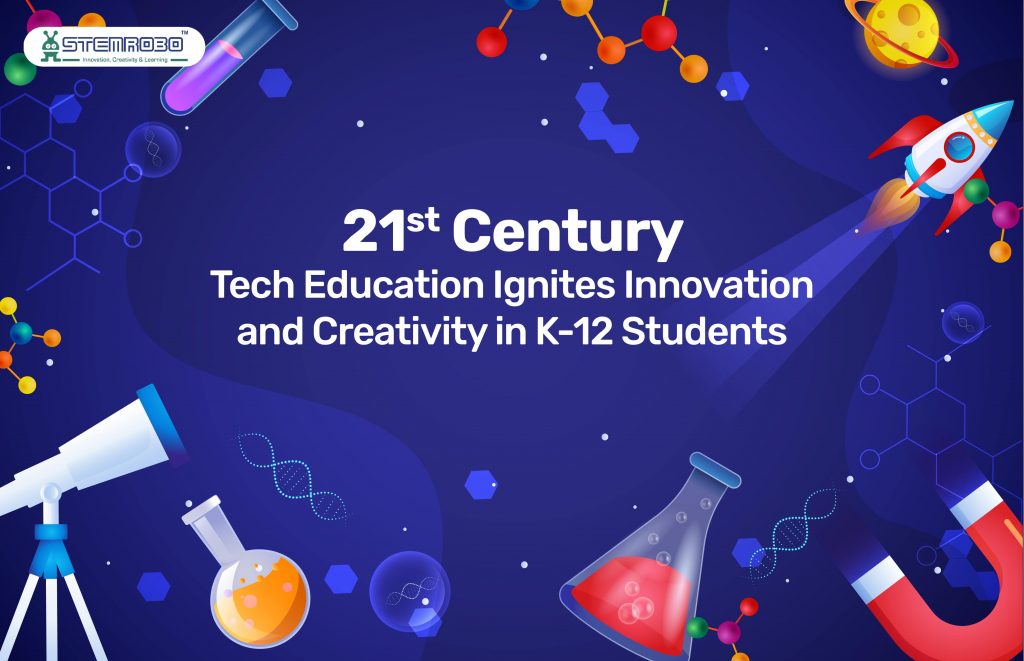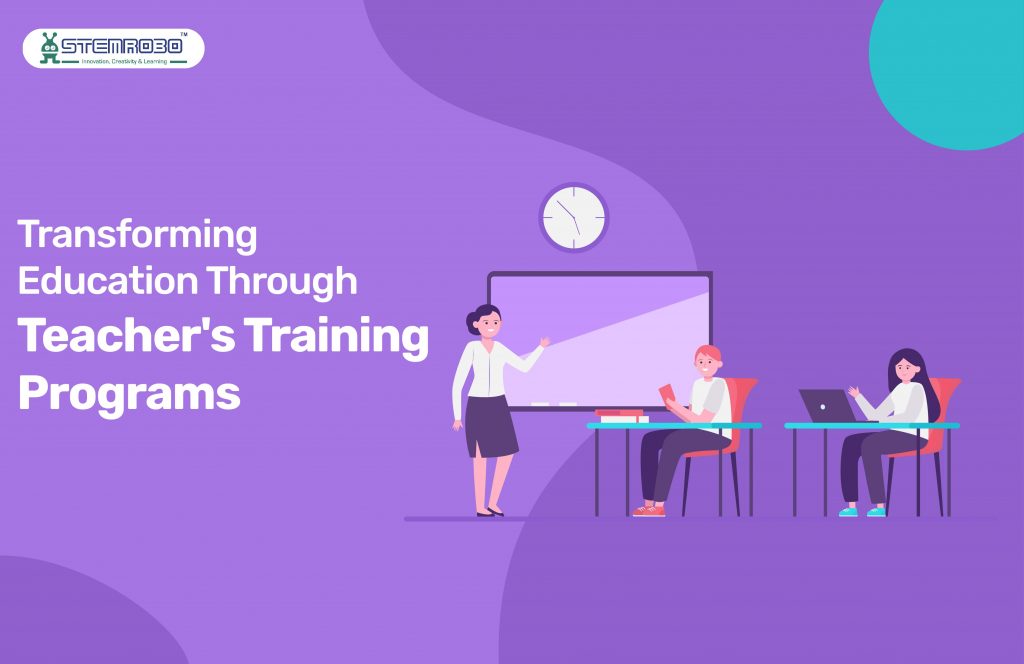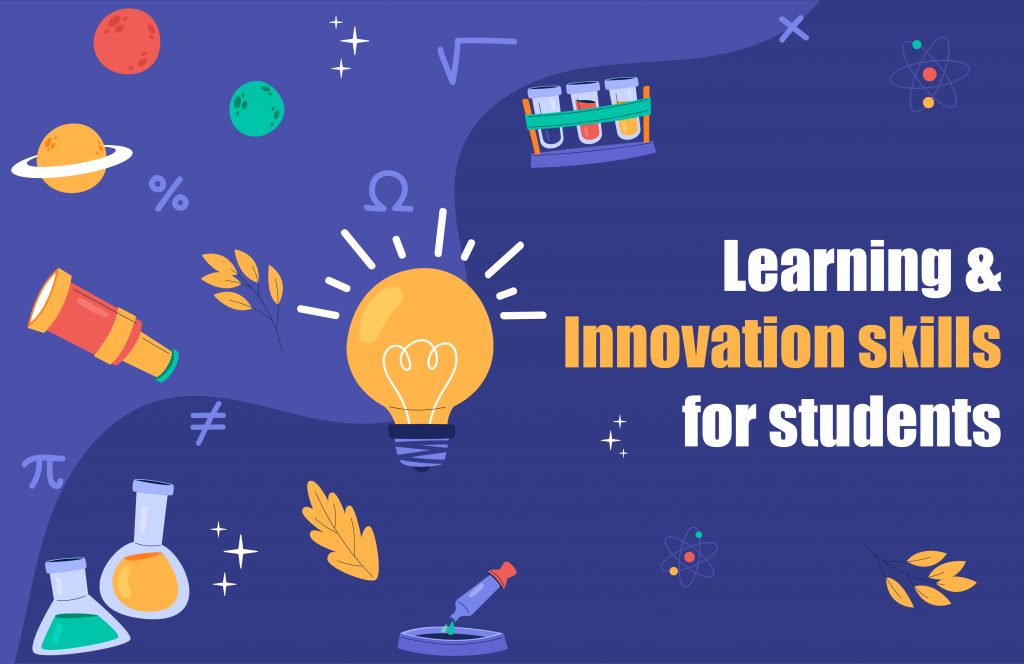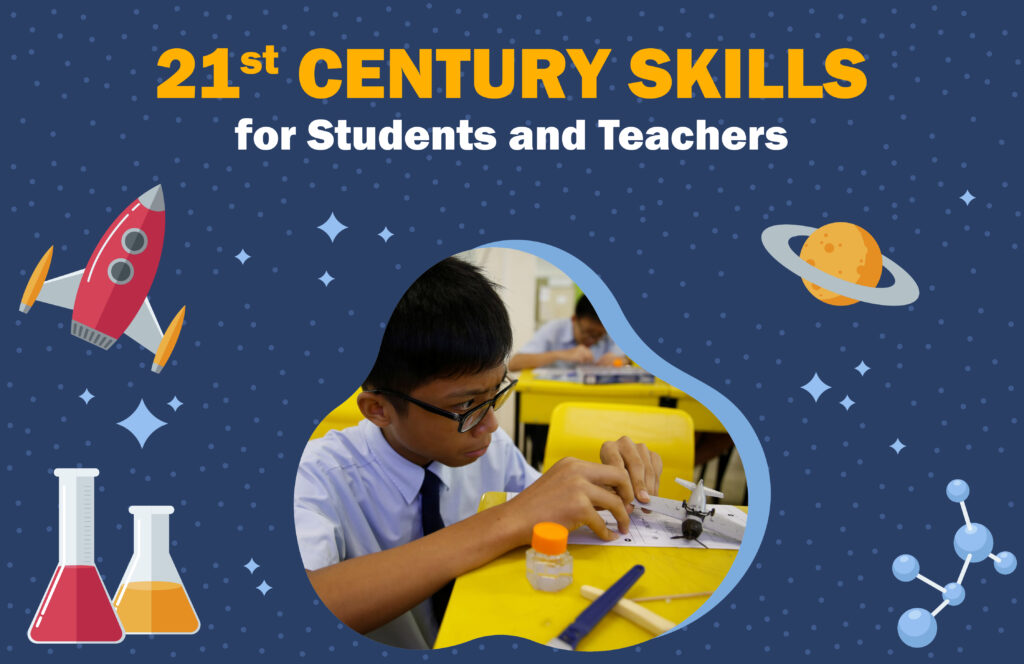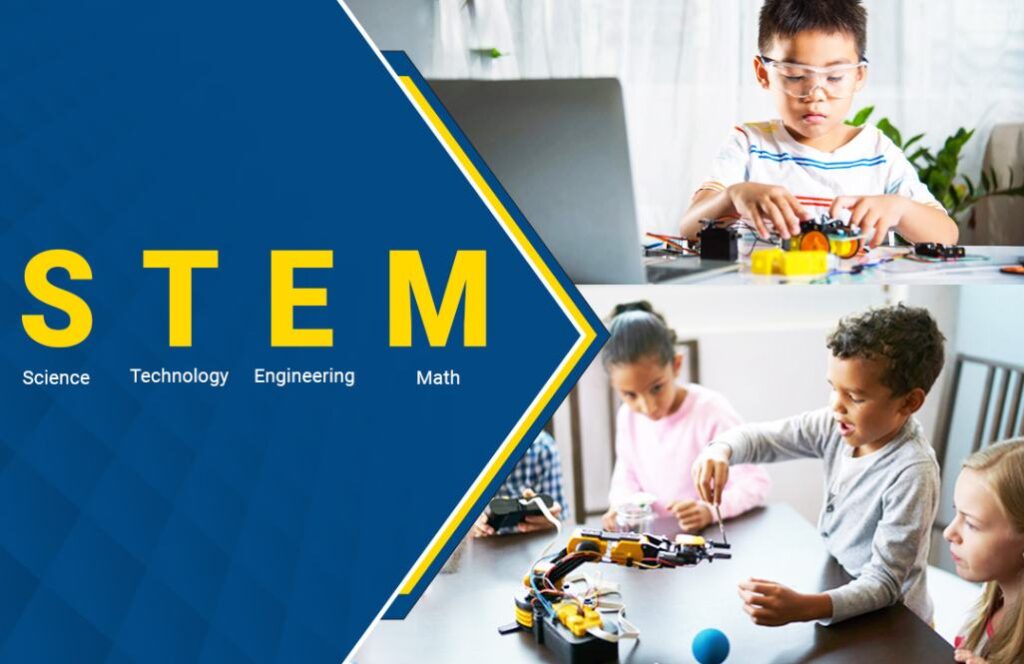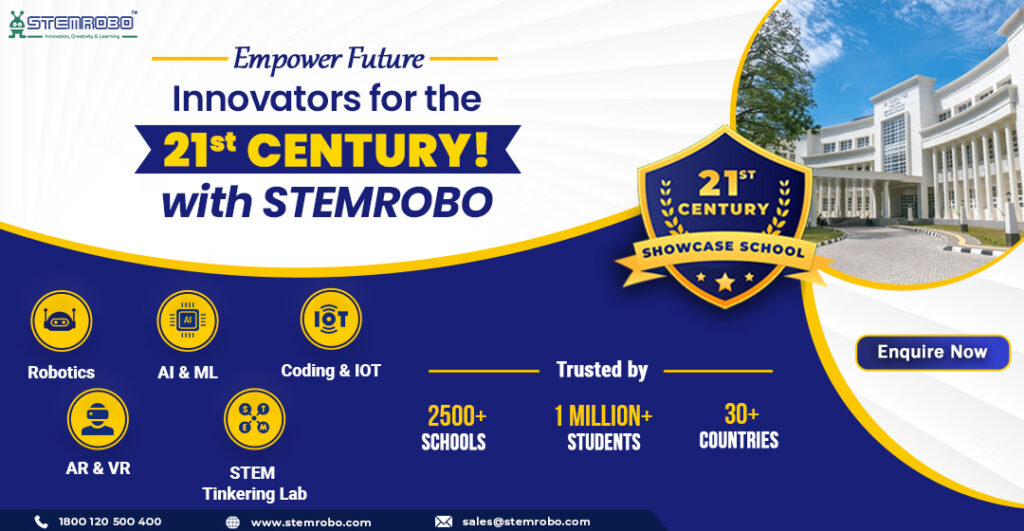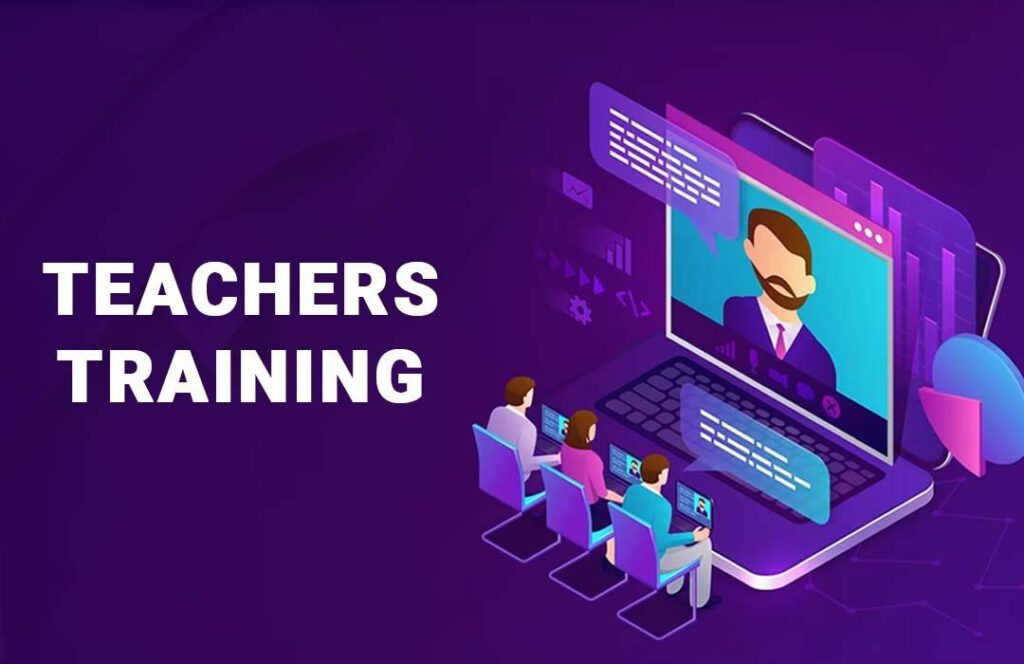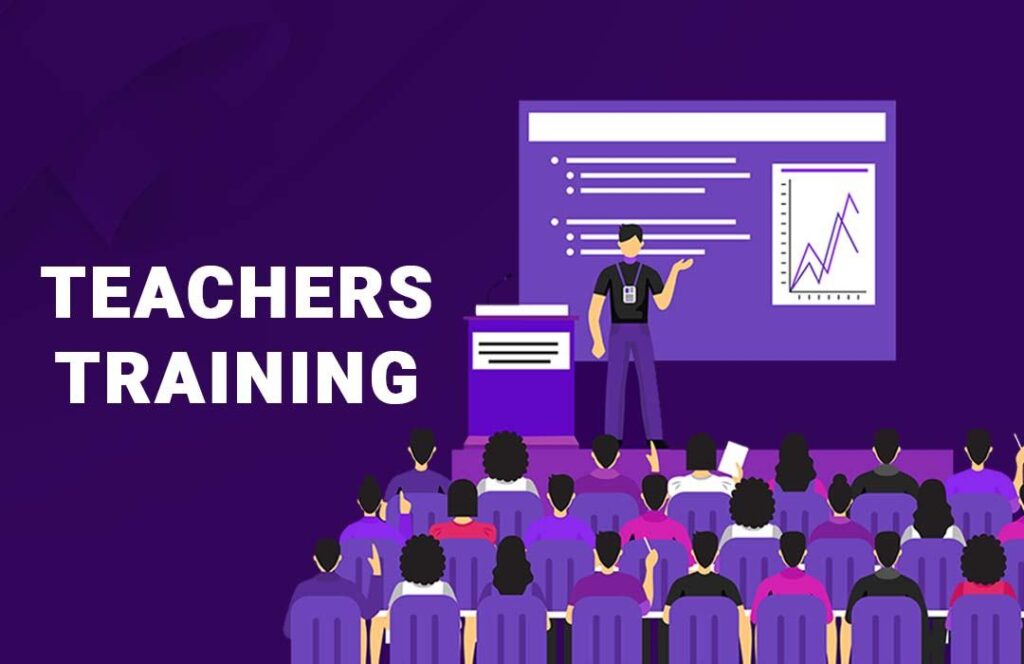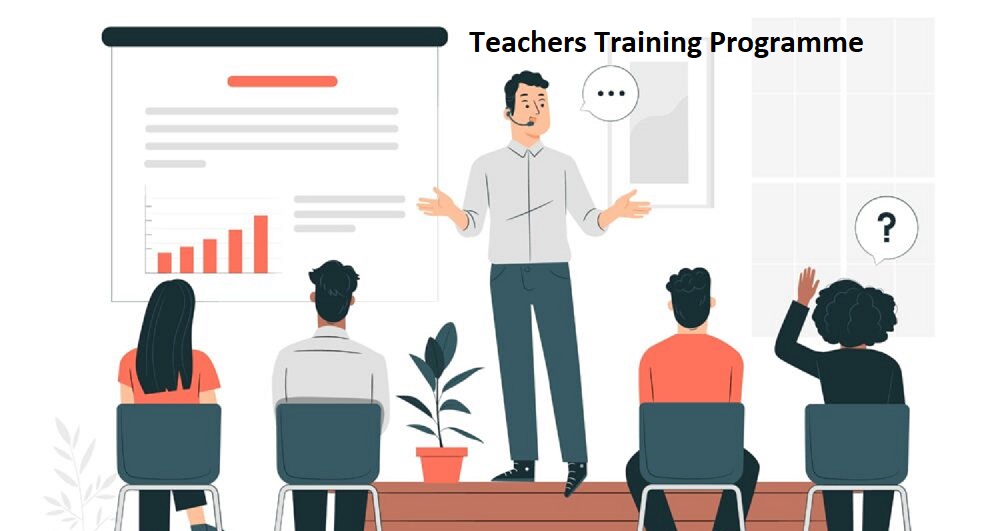How 21st Century Tech Education Ignites Innovation and Creativity in K-12 Students
In today’s fast-paced changing educational landscape, 21st century and STEM education plays a very important role in shaping the brains of K-12 students. Integration of technologies like STEM, Robotics, AI, AR & VR into the school academics or curriculum changes and enhance old teaching methods and also encourage innovation and creativity among the young generation. Through initiatives like ATAL Tinkering Labs and PM Shri Schools, educational technology companies are changing traditional classrooms into hubs of innovation and creativity by setting STEM, Robotics and AI Labs in school when 21st century learners can become problem solvers of the future technological world. Further you will read how and through what platforms 21st century education is igniting innovation and creativity in K-12 students. The Power of STEM Learning Centers STEM Learning Centers have become very important in changing educational landscape for K-12 students. STEM Learning centers have high potential to bring new age technologies to K-12 students. These centers provide end to end and proper structured approach to incorporate Science, Technology, Engineering and Mathematics into the classroom. By offering Robotics, AI, STEAM and other hands-on learning Kit make complex concepts approachable and engaging. Students are always motivated to learn new things and do innovation by enhancing their creativity and igniting their curiosity which will make students problem solver. STEAM learning centers can help students keep up pace with the ever changing technological landscape. By creating an ecosystem of STEAM Learning, these centers are preparing students for the evolving educational landscape. The Role of Robotics in Education Robotics for kids is more than just a trend, it’s very prominent educational tools that builds the gap between experimental and theoritical knowledge. Integration of robotics curriculum into the academics can provide students with the practical learning approach and solutions to cater the real world challenges. Robotics Kits for kids offer experiential learning approach to learning allowing students to be creative and real world problem solvers. This approach teaches students creativity, critical thinking, coding and technical skills while fostering teamwork and collaboration. Working with robotics encourages students to think outside the box and develop innovative solutions to problems, skills that are essential in the 21st-century workforce. The inclusion of robotics in education also helps students develop a deeper understanding of complex concepts in mathematics and science, making these subjects more approachable and engaging. Additionally, robotics competitions and projects provide students with opportunities to apply their knowledge in competitive and real-world scenarios, further enhancing their learning experience. By making learning interactive and fun, robotics helps students develop a love for STEM subjects, encouraging them to pursue careers in technology and engineering. Enhancing Teaching with Professional Development Courses To effectively implement 21st-century teaching and learning strategies, educators themselves must be equipped with the necessary skills and knowledge. Professional Development Courses for teachers are crucial in this regard. These courses provide educators with the latest methodologies and tools to integrate technology into their teaching practices. By learning about robotics, STEM education, and design thinking solutions, teachers can create more engaging and effective lesson plans. Professional Development Courses for teachers also foster a culture of continuous learning among teachers, ensuring they stay updated with the latest educational trends and can provide the best possible education to their students. These courses often include hands-on workshops, online modules, and collaborative projects that help teachers gain practical experience with new technologies and teaching methods. By participating in these courses, teachers can also share best practices and learn from their peers, creating a supportive professional learning community. Investing in teacher professional development courses not only enhances the quality of education but also boosts teacher morale and job satisfaction, leading to a more positive and effective learning environment for students. The Importance of Learning Management Systems A Learning Management System for Schools (LMS) is a vital component of modern education. An LMS provides a centralized platform for managing educational content, tracking student progress, and facilitating communication between teachers, students, and parents. For schools implementing 21st-century tech education, an LMS offers a seamless way to integrate digital resources and track the effectiveness of new teaching methods. It also supports personalized learning by allowing teachers to tailor educational materials to meet the unique needs of each student. The efficiency and organization provided by an LMS enable teachers to focus more on teaching and less on administrative tasks, enhancing the overall learning experience. An LMS can also facilitate blended learning models, where students can access course materials and assignments online while still participating in traditional classroom activities. This flexibility allows for a more individualized and self-paced learning experience, catering to the diverse learning styles and paces of students. Furthermore, the data and analytics provided by an LMS can help educators identify learning gaps and areas for improvement, enabling them to provide targeted support and interventions to ensure all students succeed. Cultivating Creativity with Design Thinking Solutions Design Thinking Solutions are transforming the way students approach problem-solving. This methodology encourages students to empathize with users, define problems, ideate solutions, prototype, and test their ideas. By incorporating Design Thinking Solutions into the curriculum, educators can cultivate a mindset of innovation and creativity in their students. This approach not only helps students develop critical thinking and problem-solving skills but also encourages them to view challenges from multiple perspectives. The iterative nature of design thinking fosters resilience and adaptability, preparing students to tackle complex problems in the real world. Design thinking projects often involve real-world problems and scenarios, providing students with valuable experience in applying their knowledge and skills to make a tangible impact. By working on these robotics projects for students, they can learn to collaborate effectively, communicate their ideas clearly, and persist through challenges. This experiential learning process not only enhances their academic skills but also prepares them for future careers where creativity and innovation are highly valued. The integration of 21st-century tech education into K-12 schools is essential for igniting innovation and creativity in students. Through the efforts of STEM Learning Franchises, the use of Robotics Kits for kids,
How 21st Century Tech Education Ignites Innovation and Creativity in K-12 Students Read More »

